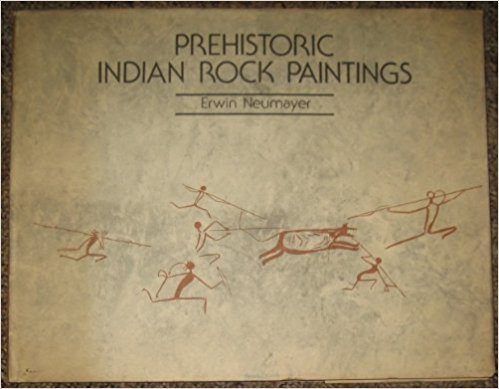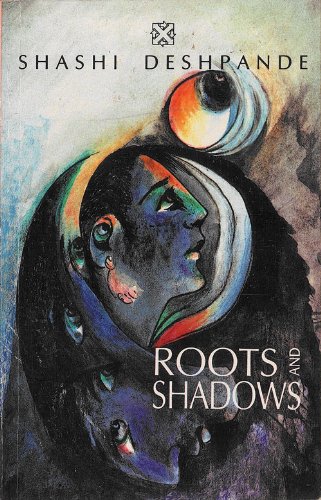The book under review pro¬vides a series of interesting vignettes on witchcraft in Western India, mainly the coastal region stretching through Maharashtra, Goa, Kerala and Karnataka. Kapur, a journalist by profession, undertook investigative visits to various places in this region during 1978. For her it must have been a journey of adven¬ture—exciting as well as appalling.
Archives
March-April 1984 . VOLUME 8, NUMBER 5With the contemporary infor¬mation explosion, and in view of the growth of literacy rates around the world, the organization and dissemination of knowledge are going to be the basic functions of information scientists and librarians in the years to come. These person¬nel, otherwise generally well trained in the organi-zation of knowledge, have yet to bridge the gap between the inform¬ation in store and its ideal use by the users.
Economics thrives on con¬troversies. The most impor¬tant of them all are related to the process of capital accu¬mulation. Inevitably the questions boil down to the theoretical framework of ana¬lysis but not without some confusion and bloodshed. With the increasing diversity of views it becomes difficult to take stock of the contributions to theories of growth and accumulation.
In 1979, when the world ex¬perienced the second oil shock, the World Energy Conference set up an Oil Substitution Task Force (OSTF) with the following objectives: (i) to identify and assess the techno¬logical, economic and other factors affecting the substitu¬tion of oil by other energy sources; (ii) to quantify the most likely amount of substi¬tution by making specific as-sumptions of price and avail¬ability of crude oil; and (iii) to study the sensitivity of oil sub¬stitution to changes in prices and availability of crude oil.
The title of the book, its pre¬face, and its foreword (written by Professor V. Ramalingaswami), hold out a promise that is un¬fortunately not fulfilled in the text: At a charitable estimate, there are no more than thirty pages in this book which are concerned with what is supposed to be the primary focus of the work.
The ‘publish or perish’ syn¬drome which is increasingly becoming the most vexed question in the academic life of the United States seems to have invaded India also. Although it is still not very clear in this country whether the number of publications of an individual scholar necess¬arily promotes his professional prospects (the growth of ‘trade unionism’ among teachers in the university system running rather counter to this develop¬ment), the fact that he appears to believe so gives credence to this formulation.
This is a study of the hermi¬tage movement in Sinhalese Buddhism. The movement goes back to a hundred years, in the course of which different at-tempts have been made to revive the tradition of forest monks dedicated to the solitary life, to putting Buddhist pre¬cepts into practice, and to re¬forming the sangha attached to Buddhist temples.
Literature on peasantry and peasant revolts in India has grown steadily over the past fifteen years or so. Although quantitatively this development has been impres¬sive, this body of literature has only a few works which could be pointed out as noteworthy contributions in terms of quality as well as originality of new analytical insights. Since 1981 Guha has started editing a series of Subaltern Studies, of which two volumes are already out.
‘Rape and domestic violence are forms of punishment’, says the author,
for women who have step¬ped out of line, and attempts to re-impose patriarchal dis¬cipline in a society which is no longer patriarchal.
Prehistoric rock painting is one of the more recent arrivals on the Indian archaeo¬logical scene. The present work attempts to synthesize the available information and present a composite picture. The author has visited most of the sites and also had the advantage, as he mentions, of intensive discussions with scholars like Mathapal, Misra and Wakankar who have been active in this particular field for quite some time now.
1984
We love the city of our birth for the same reason for which we hate it. And we hate it precisely because it is the city of our birth. I was born in Delhi and I hope I never grow so indifferent towards it as to come to love it.
1984
This is Shashi Deshpande’s first novel, but it has been published after two others, The Dark Holds No Terrors and Come Up and be Dead which is a mystery thriller. For a reader who is familiar with The Dark Holds No Terrors, this new novel is of interest as having a similar theme and similar strengths but containing flaws which the author had obvi¬ously managed to outgrow by the time she wrote The Dark.
1984
In the last two lines of Mahapatra’s final poem (‘In the Fields of Desolate Rice’) he tells us:
In the end
I come back to the day and to the rain.











